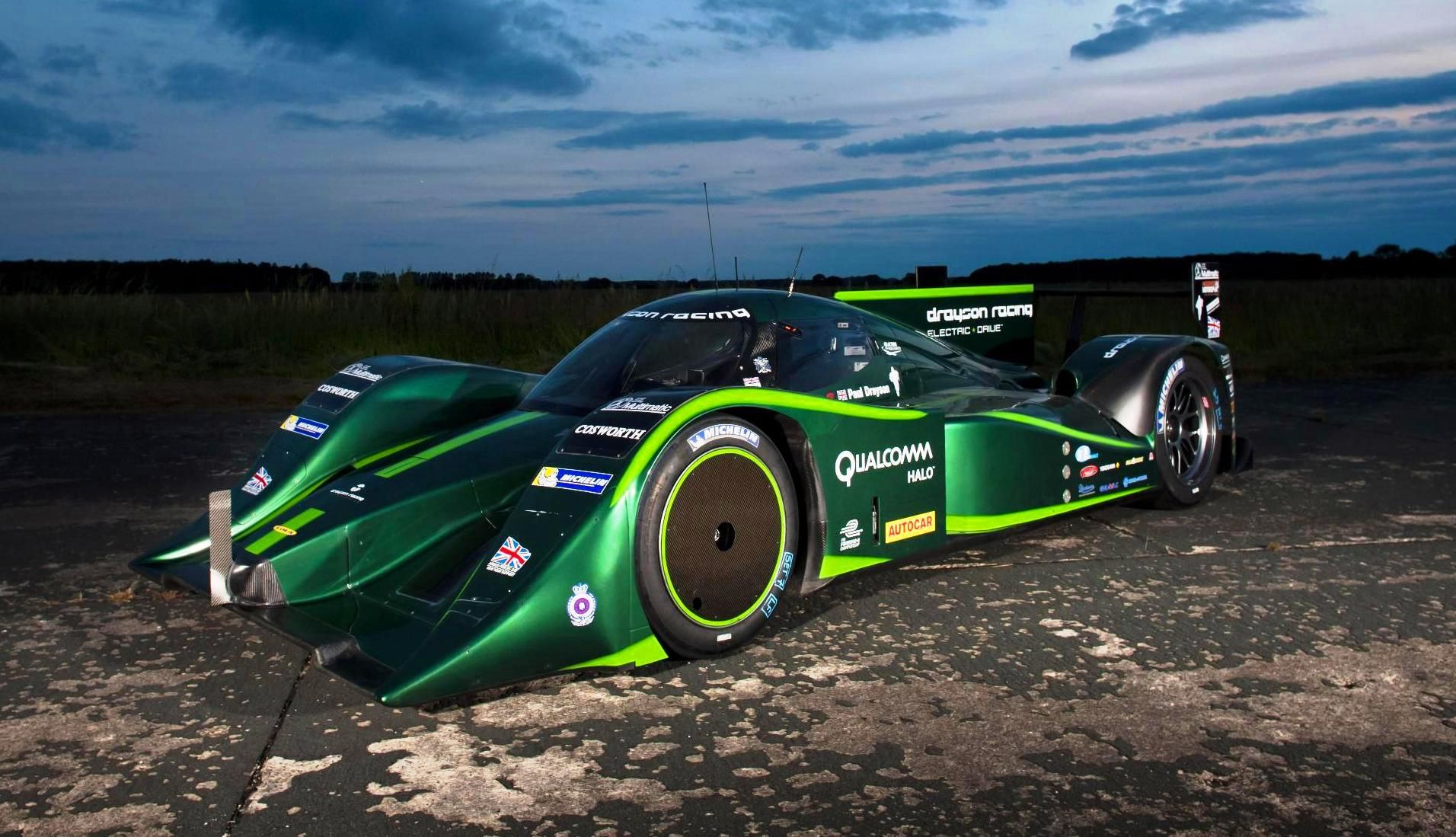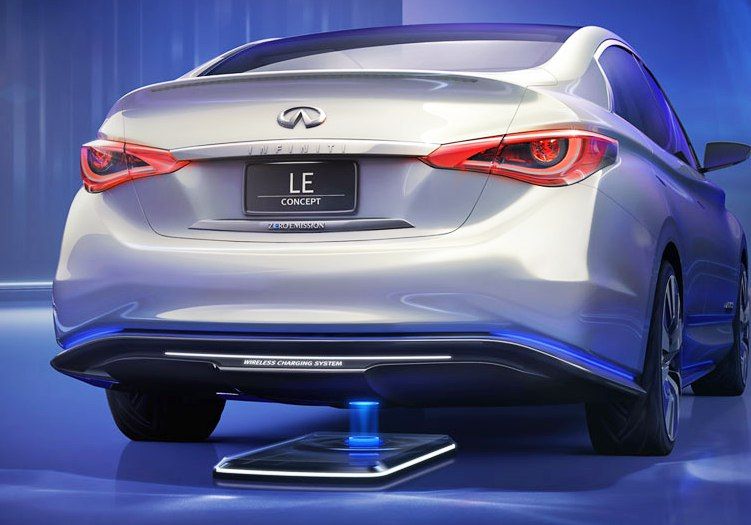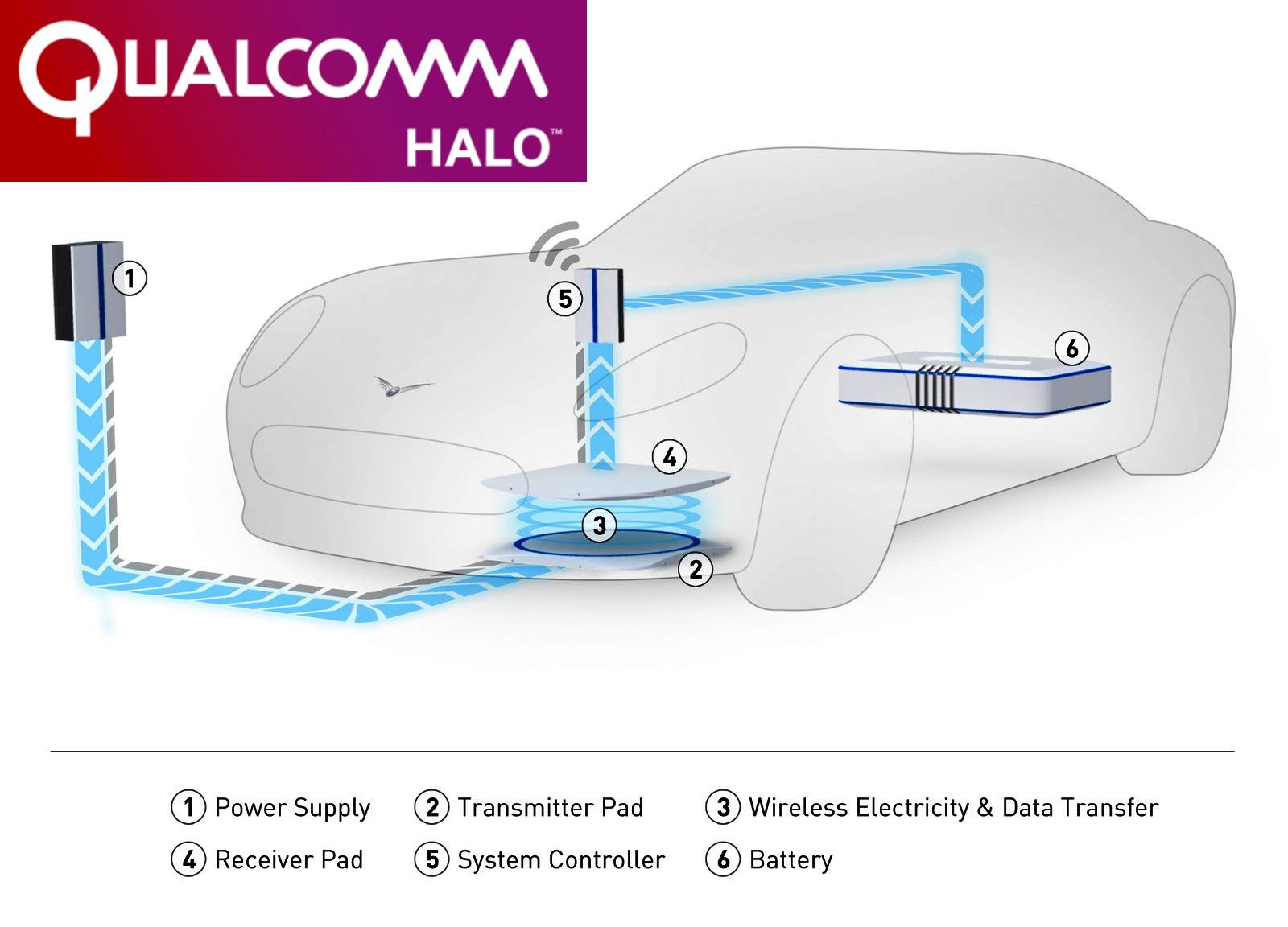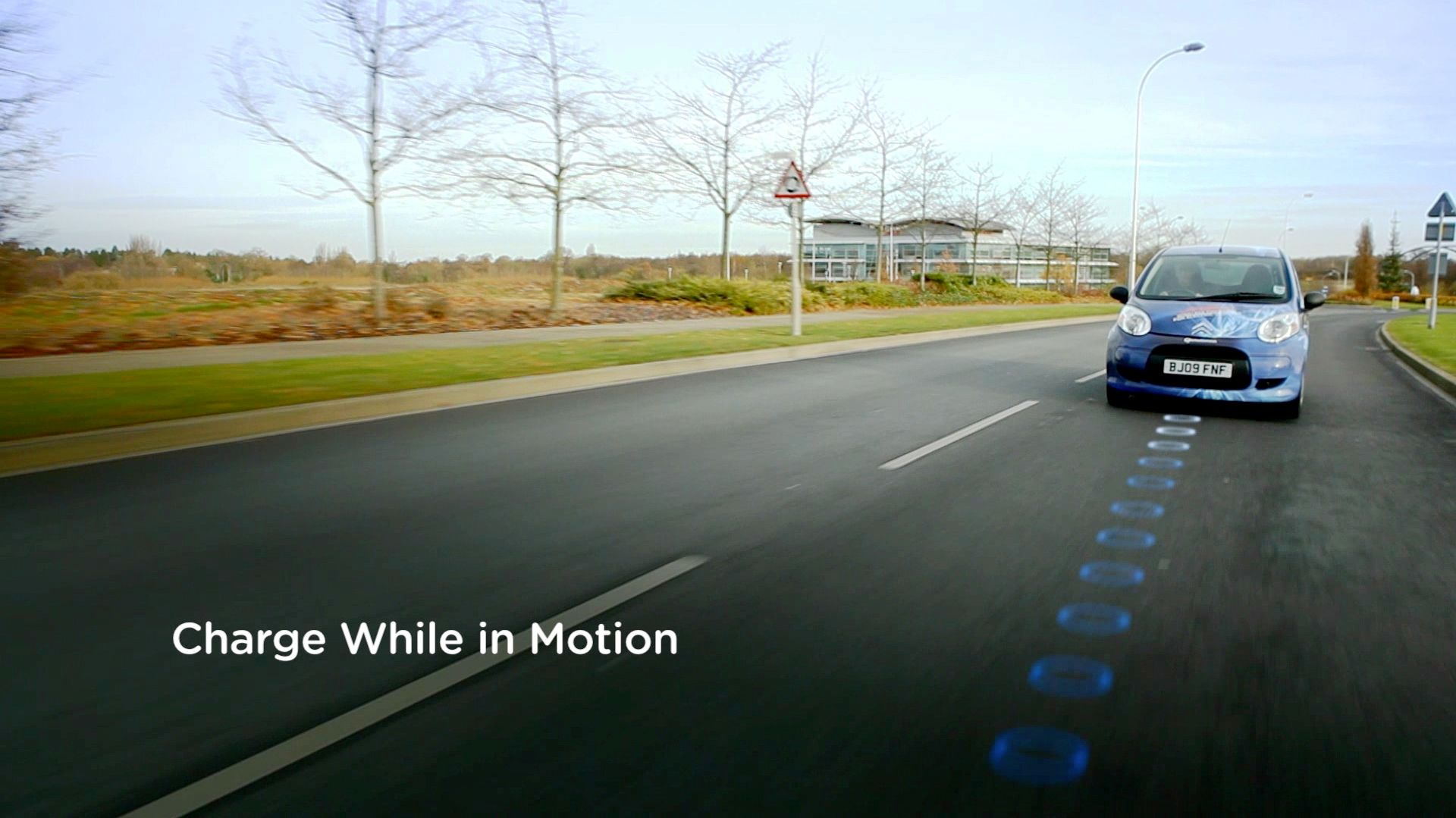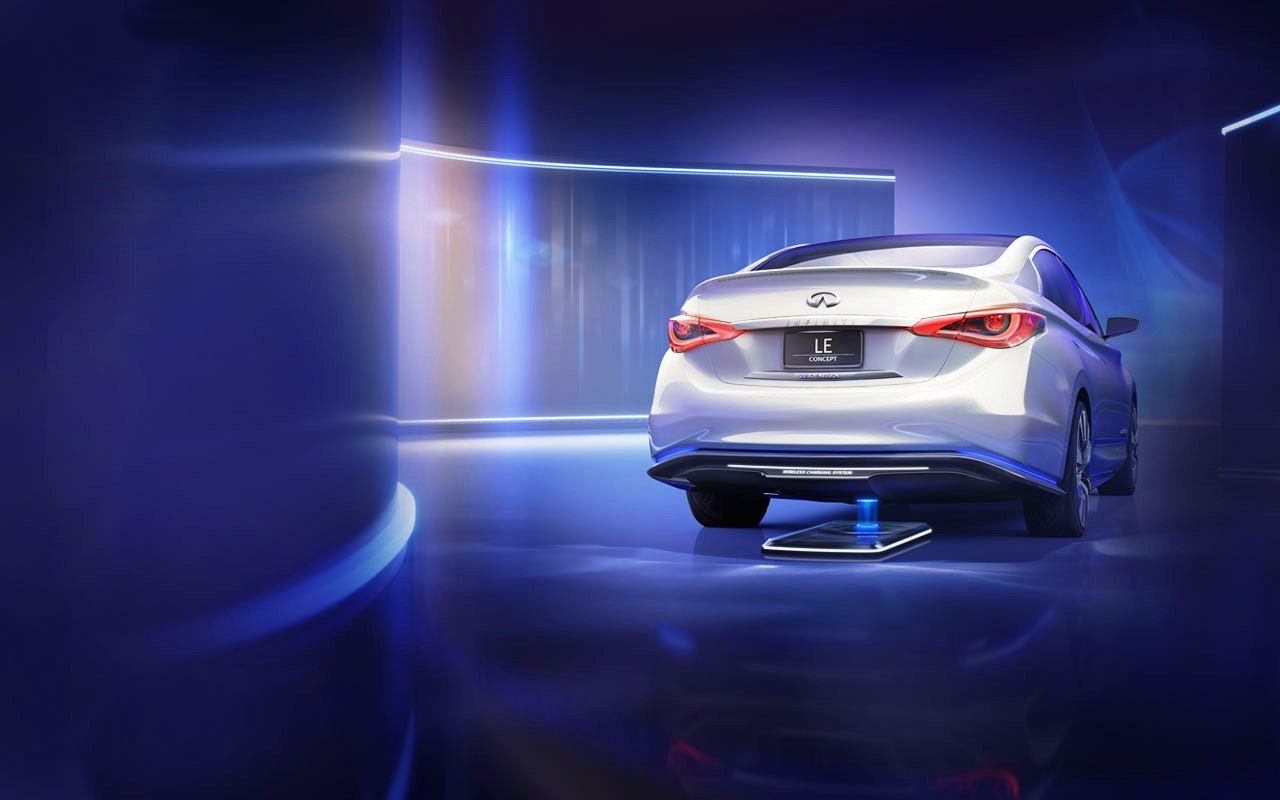Sounding like a marriage between a vacuum company and a grocery-store cell phone, Drayson Racing Technology and Qualcomm are preparing the next wave of revolutionary EV technology: induction charging with no cords. As the marquee sponsors and tech suppliers of next year's all-new electric racing series, dubbed Formula E, these two companies might be some of the most innovative movers and shakers in electric vehicle technology.
The lack of brand recognition for these companies is not really a problem. While they stopped making their own cell phones almost a decade ago, every new Android or iPhone sold brings a payday for Qualcomm. Thousands of inventions, patents and licensing deals mean that Qualcomm is happy to sit behind the scenes, cashing checks and investing in research and development.
Every racing series would like to claim its direct influence of road car technology, but the link is often completely fictional and done for marketing authenticity. Race on Sunday, sell on Monday is the old adage explaining how to convert racing fans into buyers of humdrum production models. The Formula E->ke4660 concept is exciting because almost everything has to be designed and imagined from the ground up.
No 10,000-page rule books, infighting or Bernie gives the new series the freedom to explore and experiment. The challenges of an electric racing series are many, including the fact that most electric cars run out of juice after about 10 minutes of track driving.
Battery swaps at pit stops are a possibility at first, but Drayson and Qualcomm's vision is an uninterrupted race, using induction battery chargers built into the track concrete itself. There are more than a few enormous engineering challenges to overcome, but the technology could eventually be transferred into highway charging for normal EV models like the Nissan Leaf->ke3484 or Tesla Model S->ke3329.
Click past the jump for more details on the new technology partnership between Drayson Racing Technologies and Qualcomm's Halo Wireless Electric Vehicle Charging system.
Drayson Licenses Qualcomm Halo WEVC - No Power Cords and No Tailpipe Emissions
The (canceled) Infiniti Concept LE from 2012 demonstrates a potential OEM application of this new technology.
The holy grail in tech right now is electric cars (and mobile devices) that do not need to be plugged into the wall, or driven in fear of running out of juice before getting home. Range anxiety will suddenly be a thing of the past, and cities could start to earn money from roads - instead of just paying through the nose to try to keep them maintained.
But how on earth can this vision become reality? Step by step, the technologies needed to realize this dream scenario for EV charging are maturing and getting ready for prime time.
Induction charging is easy and cheap, but until now has also had serious limitations
Any Philips SoniCare or electric toothbrush owner uses Qualcomm technology without even knowing it. The problem, so far, is that induction charging is extremely slow and limited to very, very low wattage of power transfer.
This makes it ideal as a 'set it down, and forget it' solution to charging any mobile device.
The new Corolla features an optional induction charging pad in its center console that can refill certain phones with juice just by having the phone rest on top.
The other major problem with induction charging as an EV solution is that the two surfaces need to be almost kissing they are so close. This is not ideal on the roads, obviously, or on shoppers' garage floors.
The Halo Wireless Electric Vehicle Charger (WEVC) system overcomes these challenges using proprietary designs for the mat, the software that manages charging, and the power box that delivers the juice.
As seen in the video, even Qualcomm faced an unexpected challenge when it upped the voltage to get the electric current to jump from the floor (or road surface) up about five inches to the receiver plate on the bottom of the cars.
This system of pads and wireless chargers is a critical stepping stone to the next phase of the project: charging on the move.
Drayson Licenses Qualcomm Halo WEVC - Dynamic Charging On The Move
The next step in this hunt for the holy grail of EV charging technology will be charging on the move. After all, the pad and induction charger are worthless on a long road trip. Currently impossible in any electric car, the freedom of the open road is basically the main draw for owning a car. So, some fundamental disconnects between current EV cars and the reality of car ownership.
Induction charging on the highways will solve this problem with special lanes of the road that have embedded charging modules in their construction. As the car passes over the dots, a charge enters the vehicle's battery and keeps it moving. This is not like electric trains or cable cars, which will come to a dead halt without full power.
The Halo WEVC system is for topping up the batteries inside an electric car, so it has plenty of juice left for driving on roads that are not equipped for charging.
How do you make those dots in the road? Won't they electrocute pedestrians like the third rail of the Chicago "L" Elevated trains?
No, hopefully they will not. The Halo WEVC uses sophisticated sensors to know when it is safe to turn on the juice. In the garage pad application, this comes down to disabling the charge if it senses anything metallic on its surface.
Without the sensors and software to know when it is safe to charge, the pads would ignite any aluminum cans or anything else that is metal. Garage fires and product liability are the absolute kiss of death for any car company (Fisker), so more development is needed to keep things safe.
Conclusion
Even with many the technical hurdles still to overcome, the latest Halo WEVC setup is extremely promising.
It is totally weather-proof, and the ultra-low ride heights of the Formula E racing series will allow the best possible scenario for trialing the technology.
As the world's automakers, laptop companies, bankrupt cities and cord-weary consumers all watch with baited breath: Halo WEVC technology really might have the potential to change - and charge - the world.

